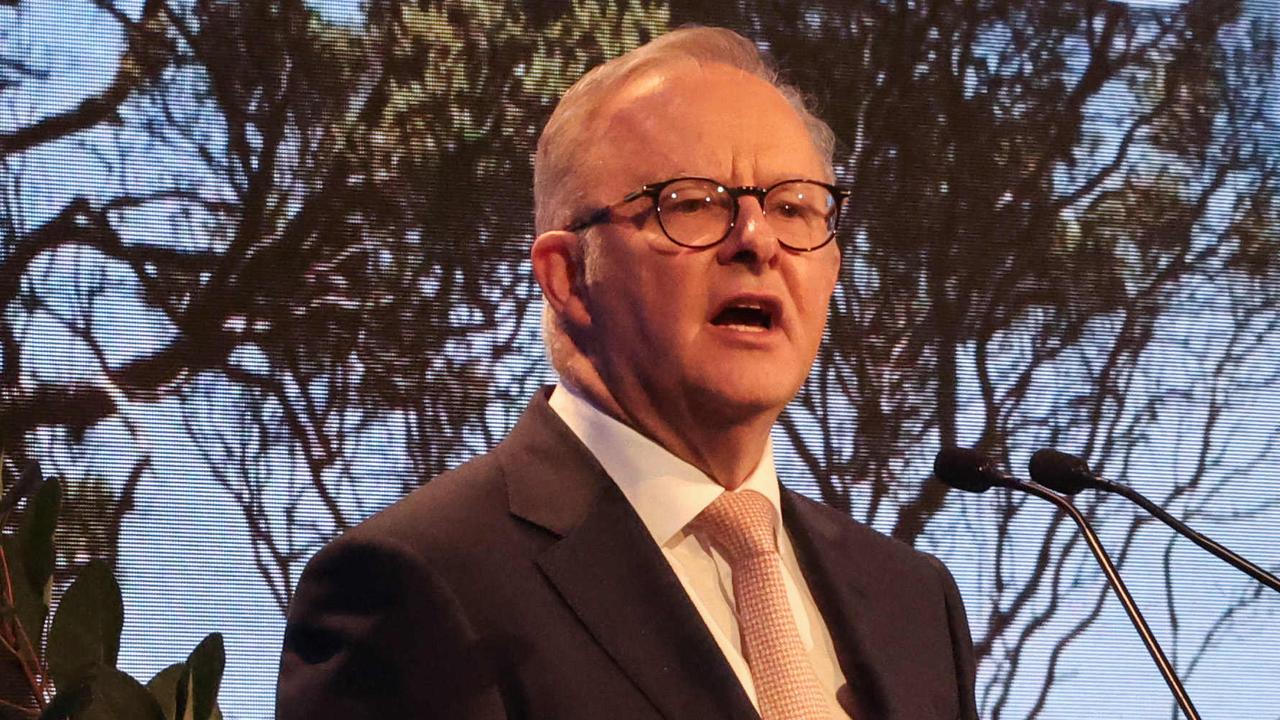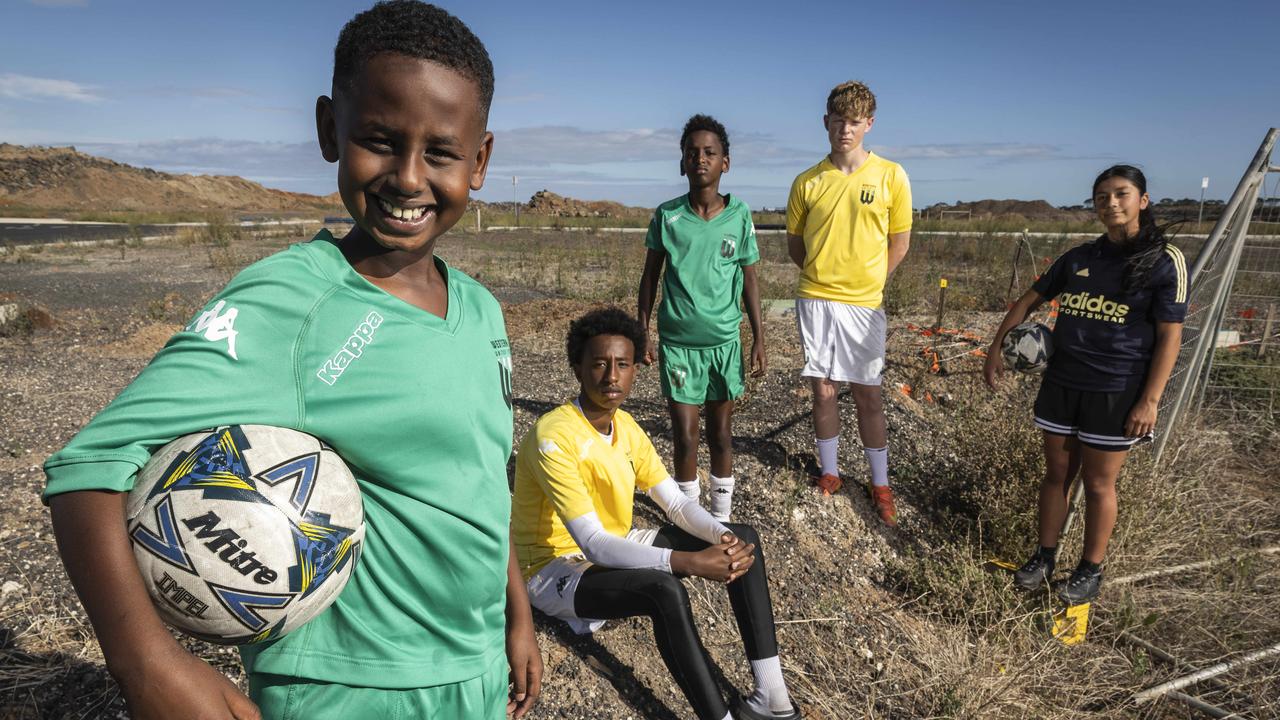Bold vision to create futuristic MCG
Insiders say “everything” is on the table as bold ideas, including a complete rebuild of the Shane Warne Stand, are being considered to improve the MCG.
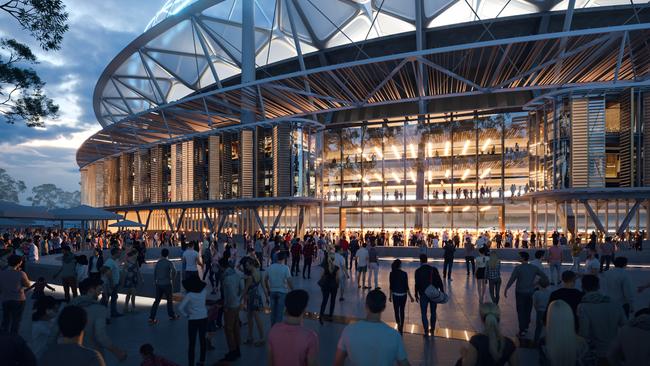
Future Victoria
Don't miss out on the headlines from Future Victoria. Followed categories will be added to My News.
A major revamp of the MCG to lift the capacity of the famous stadium to 105,000 could include a complete rebuild of the Shane Warne Stand.
Consultation as part of the plan’s business case has begun, including with key stakeholders such as AFL Clubs and Cricket Australia.
Under a vision put forward by the Melbourne Cricket Club this year, the $1 billion upgrade would redevelop the former Great Southern Stand — now called the Shane Warne Stand — to modernise the facility.
Early stages of the business case show the potential for a complete overhaul, including demolition of the stand for a rebuild, towards the end of this decade.
However, work is also being done to assess whether the ageing icon could have its lifespan extended with minor alterations, or modifications could be done ahead of the Commonwealth Games in 2026.
A five-star hotel adjacent to the MCG is also being considered, which would completely reimagine the precinct and better connect it to other sporting facilities nearby.
The first images of the concept, which includes rooftop lighting and potentially sky-high public barbecue decks, were revealed by the Heald Sun this year.
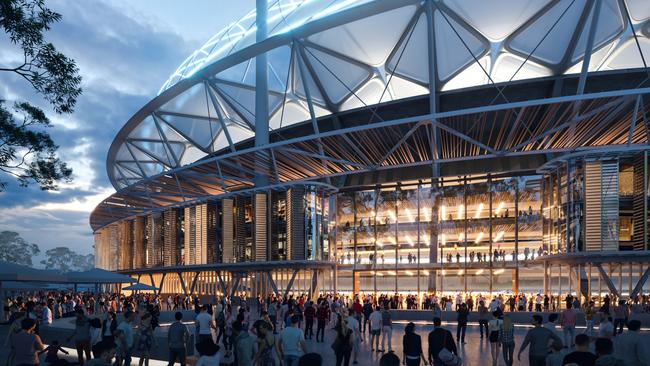
Sources involved said the state government had pumped $2 million into the business case development, to further assess some of the planning and regulatory issues involved.
“Everything is still on the table, as consultation progresses,” one insider said.
New lighting for the stadium built into rooftops – similar to other stadiums in Australia such as at Perth – is likely to be among the changes approved, along with modernising facilities for athletes and seating for fans.
In May, chief executive of the Melbourne Cricket Club, Stuart Fox, said the MCC was “very grateful” to the government for funding put towards the business case.
He described it as a “long-term project”.
“This funding will allow the MCC and the State Government to develop detailed plans around scope options, funding and timings for the possible future redevelopment of the MCG,” he said at the time.
“We have a shared commitment to ensuring the MCG remains the People’s Ground, a world-class stadium and caters to everyone’s evolving needs into the future.”
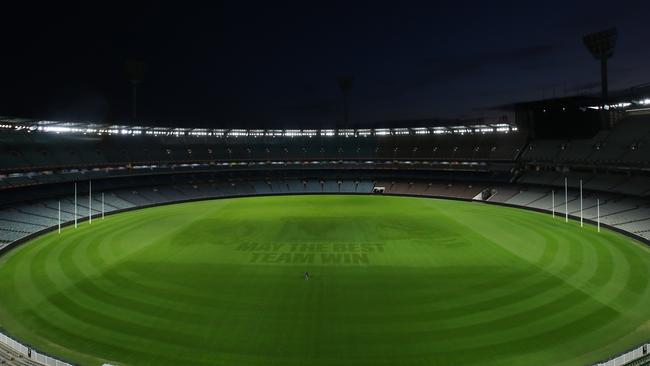
The State Government would be unlikely to endorse a major revamp taking place until after the Commonwealth Games in 2026, with a more likely time frame being to open the finished decks and Shane Warne Stand by the end of the decade.
Earlier this year former Sport Minister Martin Pakula said it was important to ensure the ‘G remained the country’s premium international stadium.
“The MCG is our most iconic stadium and we’re working with the Melbourne Cricket Club and the Melbourne Cricket Ground Trust to plan what’s needed for decades to come,” he said.
Opposition sport spokeswoman Cindy McLeish said the plan would be treated on its merits if the coalition won the state election, but was broadly supportive of a redevelopment.
“The MCG is iconic in Australia and the world, people want to come from overseas to see a match at the MCG,” she said.
“We want to maintain the MCG as one of the world’s best.”
Business groups have also backed the revamp, with Victorian Chamber of Commerce and Industry chief executive Paul Guerra putting the issue on the agenda earlier this year.
He proposed better linking the hallowed ground to the Melbourne and Olympic Parks area to create a “super precinct” for sport and business.
“We are the global events leader, and we’ll only keep that mantle if we have global leading facilities to continue to attract global events,” he said.
“It not only has to be fit for purpose for sport, we have to think about where events in general are going, in that they’re a blend of sport and business,” he said.
IF THE INFRASTRUCTURE IS HERE, WORLD WILL COME
Industry chiefs say Victoria should take bold steps to build new infrastructure including a “mega sports and entertainment precinct” to secure world-class events.
Melbourne boasts some of the world’s best sports and entertainment facilities but may come under pressure to keep and bolster events as new venues are built interstate.
Perth Stadium, a revamped Adelaide Oval and Sydney Football Stadium are among state-of-the-art venues already giving Melbourne a run for its money in terms of event capacity and capability.
To stay ahead of the curve, Victorian Chamber of Commerce and Industry chief Paul Guerra says the state should invest in new infrastructure over the next 10-15 years.
“Let’s take the space and facilities we have and upgrade them with technology and state-of-the-art offerings to be truly world class,” he said.
“We can start by better connecting the MCG precinct with Melbourne Park by building over the railyards. This would create a new mega sports and events precinct.
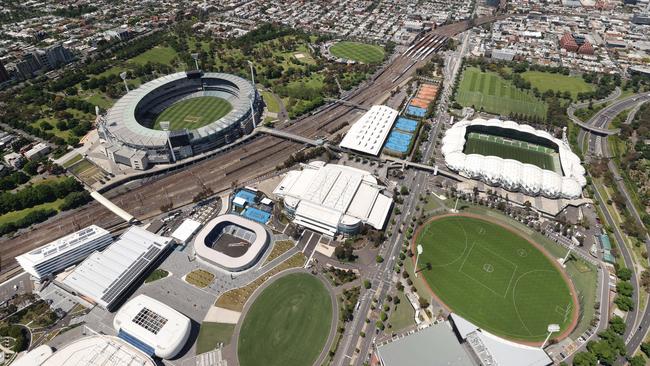
“Let’s upgrade the Shane Warne Stand at the MCG, redevelop John Cain Arena, build over the rail lines to link the precincts, and develop a hotel and contemporary sports science hub as part of it.
“Then let’s look at a new concert venue to replace Festival Hall down at Docklands, to really activate that precinct, too.”
The concept of building over the railyards between Flinders Street Station and the MCG has been mooted for years but the cost and sensitivities about developing such prime real estate have proved prohibitive.
A 2018 bid to deck the rail corridor between the MCG and Melbourne Park, and unite the two halves of Melbourne’s sporting precinct, was estimated at $1bn.
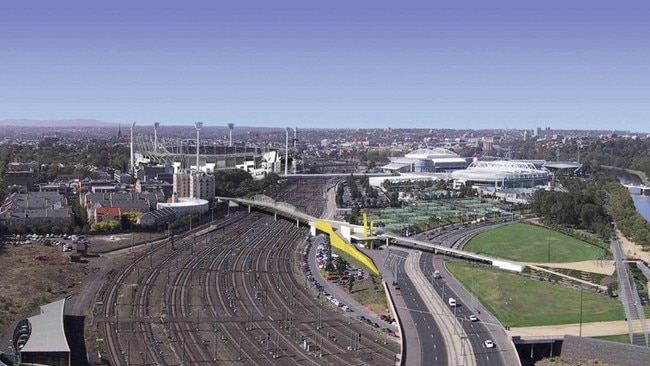
That would now be much more but with private investment many believe it would be a worthwhile project that could bolster the city’s event infrastructure and liveability.
In addition to the global sports and cultural drawcards already coming to Victoria, Mr Guerra said a “continual laser focus” was needed on our events strategy to ensure infrastructure was premium.
That included stadiums, transport links, hotels and other venues, “so we can continue to attract and host world-class events”.
With a feasibility study under way for an anticipated $1bn revamp of the MCG, Melbourne Cricket Club chief executive Stuart Fox said thinking about the future of Australia’s greatest stadium was key to long-term events success.
“The MCG is truly the beating heart of our state and like anything we love, we need to protect, maintain and create opportunities for it to grow,” he said.
An enhanced capacity of 105,000, better links to transport and other sporting facilities are planks of infrastructure planning for the MCG.
But Mr Fox said the rise of women’s sport also needed to be part of future thinking.
“The ground hosted the record breaking women’s T20 World Cup final in 2020 and that not only showed us the appetite Victorians have to watch more women’s sport live at the ’G but to also provide elite facilities for athletes of all genders,’’ he said.
“If the infrastructure is in place, the world will come.”
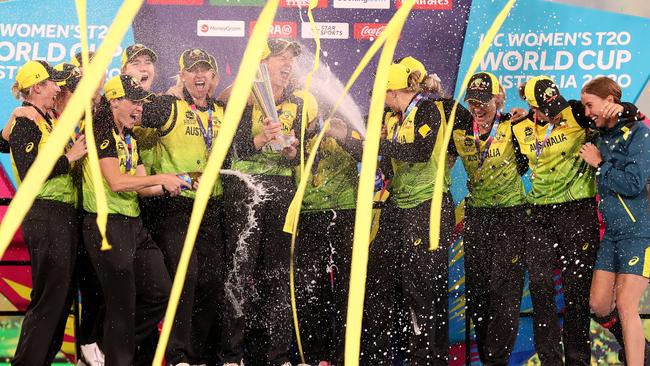
With Australia and New Zealand to host the FIFA Women’s World Cup next year, there are hopes a bid for the men’s sporting showcase is also feasible.
If Melbourne is to lure the likes of Lionel Messi and Cristiano Ronaldo for a world cup, though, it will first need to find some bigger soccer stadiums.
FIFA rules state only stadiums with capacities of at least 40,000 can host men’s world cup matches, meaning only the MCG and Marvel Stadium and GMHBA Stadium in Geelong once redeveloped are suitable.
TEG chief executive Geoff Jones said Melbourne’s MCG “colosseum’’ had “everything going for it”.
“And all the other venues in the city from Marvel Stadium to Melbourne and Olympic Park, etc are just world class,” he said.
“There is no better precinct in any city in the world that has that aggregation of sports and entertainment venues close to the city.”
But Mr Fox said the MCG had to continue evolving.
“Our goal now and into the future is to ensure the MCG caters to everyone’s evolving needs,” he said.



